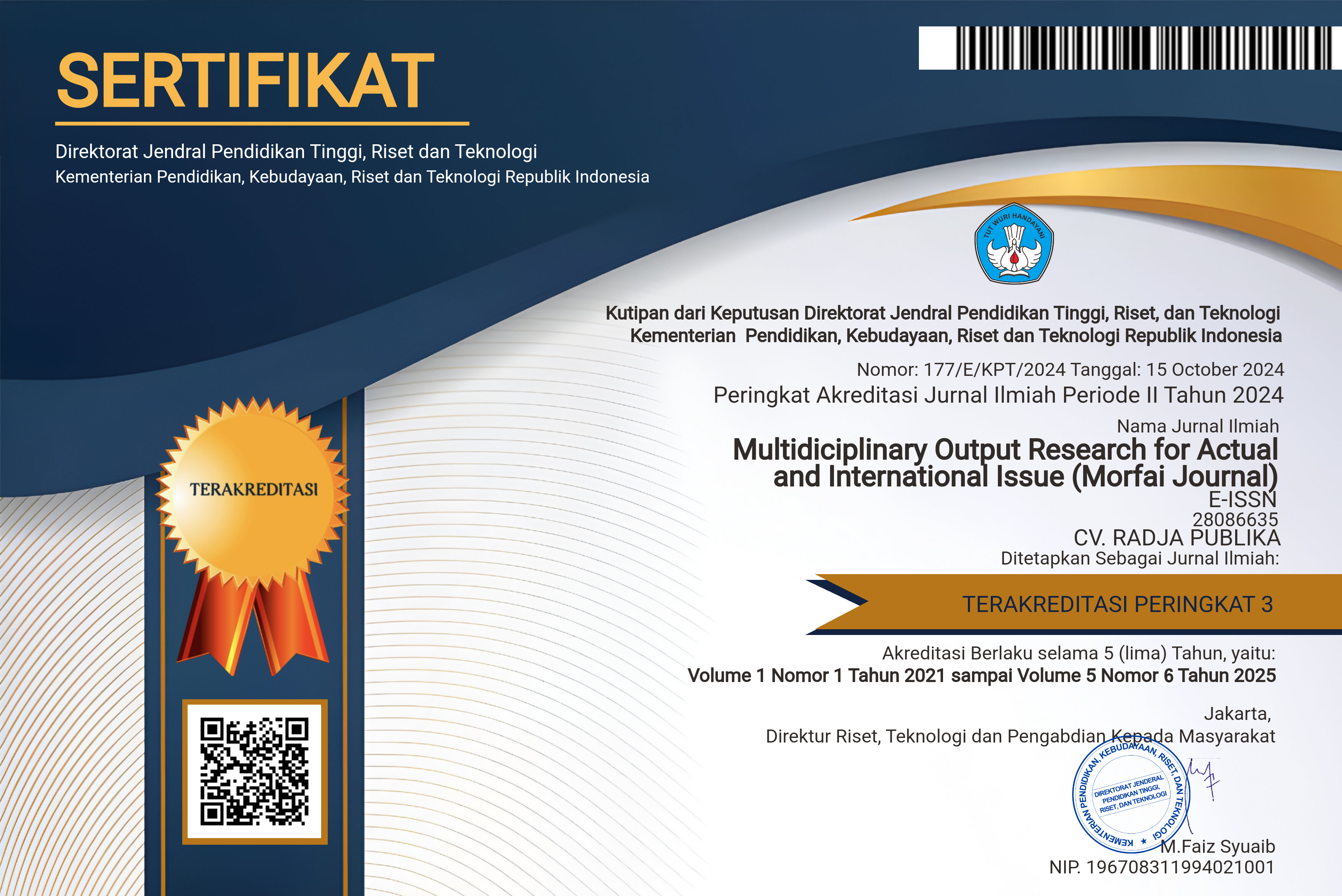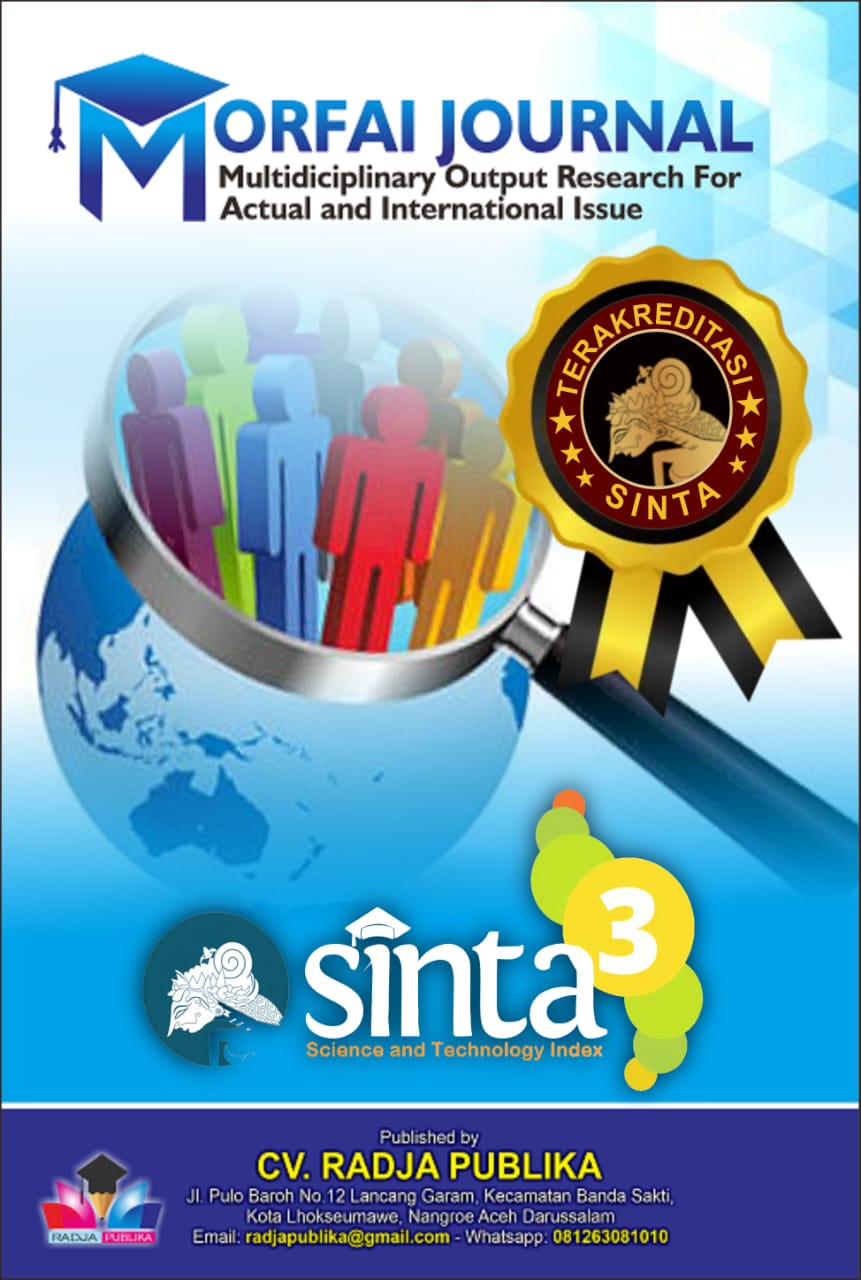SUSTAINABILITY STRATEGY FOR INDONESIA'S CRUMB NATURAL RUBBER INDUSTRY: A SWOT–PESTLE STUDY of PT KIRANA MEGATARA Tbk.
Main Article Content
Hendy Endarwan
Aliy Rasyid
Gary Putra Etwanto
This study analyzes the internal and external conditions of PT Kirana Megatara Tbk (KMG) to develop strategic recommendations for its sustainable development. Using a qualitative approach, the study draws on secondary data from company reports, industry publications, and related sources. Analytical tools including SWOT, PESTLE, and Porter’s Five Forces are applied to assess competitive dynamics. Document analysis—covering financial and sustainability reports as well as strategic presentations—forms the basis of the data collection. Strategic prioritization matrices are used to formulate actionable recommendations. The findings reveal that KMG holds a leading position in Indonesia’s crumb rubber industry, supported by strong production capacity, solid 2024 financials ,and a clear commitment to ESG principles. However, challenges persist, including declining sales volumes, reliance on volatile global prices, low productivity among smallholders ,and operational complexity. Opportunities arise from increasing demand for sustainable (EUDR-compliant) rubber , market growth in China and India, and productivity gains via farmer partnerships and innovation. External threats include economic uncertainty, input competition, crop diseases, synthetic rubber substitution, and land-use shifts. The study contributes directly to KMG by offering a structured, evidence-based strategic roadmap to enhance competitiveness, resilience, and sustainability. The recommendations provide practical guidance for strengthening the value chain , meeting international standards , and expanding into high-potential markets. More broadly, the study contributes to strategic management literature by presenting an adaptive framework relevant for commodity-based firms facing sustainability regulations such as the EUDR and standards like FSC —culminating in strategic directions for short-, medium-, and long-term horizons.









